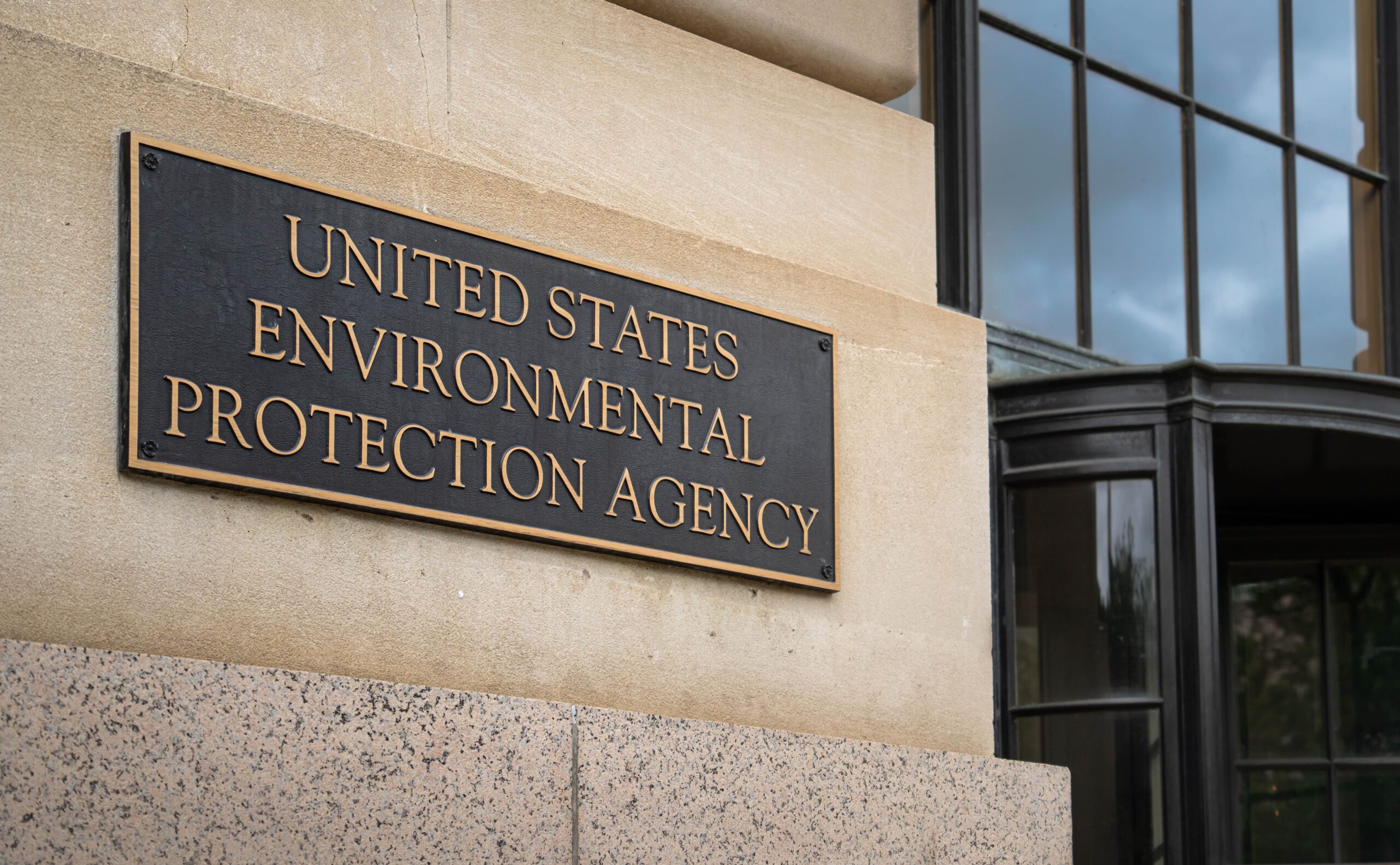EPA’s New EV Rule Puts Heavy Cost On Trucking

Joe Biden’s Environmental Protection Agency (EPA) has unveiled its final emissions standards for heavy-duty vehicles, marking a significant shift toward electric and zero-emission buses and trucks. By 2032, the EPA expects 25% of new long-haul trucks and 40% of new medium-sized trucks to be electric or zero-emission vehicles. This move complements the EPA’s recent tailpipe emissions standards for lighter vehicles, pushing an “EV mandate” across the board.
The shift to electric trucks comes with hefty price tags and logistical hurdles. Electric trucks cost up to three times more than diesel models and carry less freight due to the weight of their batteries. The requirement for strong chargers also means the power grid will need substantial upgrades to support recharging numerous trucks simultaneously. With around 5,000 electric truck chargers currently in the U.S., estimates suggest about one million will be required to meet the EPA’s new regulation.
The trucking industry, vital for keeping the American economy running, has voiced strong opposition. The American Trucking Association (ATA) and the Owner-Operator Independent Drivers Association (OOIDA) criticize the regulation for setting unrealistic targets that could harm the industry and, by extension, the U.S. supply chain. ATA President Chris Spear emphasized the need for technology-neutral regulations that consider the operational realities of trucking.
In an effort to promote the political agenda behind the mandates, EPA Administrator Michael Regan said, “An estimated 72 million Americans, often people of color or people with lower incomes, live near freight truck routes. These communities are disproportionately exposed to the pollution from heavy-duty vehicles, resulting in higher rates of respiratory and cardiovascular illnesses and even premature death.”
“Reducing emissions from our heavy-duty vehicles means cleaner air and less pollution,” he added.
Critics argue that the mandate overlooks the current state of technology and infrastructure readiness, setting more aspirational than achievable goals.
Despite the administration’s intentions, the heavy reliance on electric vehicles (EVs) and the significant investments required for infrastructure and vehicle upgrades have led to skepticism. The switch to EVs is not just a matter of purchasing new vehicles; it involves a complete overhaul of energy, manufacturing, and transportation systems.
The pushback from industry groups, Republicans, and even some environmentalists highlights the complexities of implementing such sweeping regulations. While aiming to reduce emissions and improve public health, the rule’s ambitious targets and the reliance on still-developing technologies pose significant challenges. Republicans have announced plans to introduce legislation to prevent the rule from taking effect, and oil industry groups have threatened legal action.
As Americans will face the complex reality of implementing the Biden White House’s ambitious environmental policy, the debate over the EPA’s new emissions standards points to the tension between leftist progressive environmental goals and the lives of working people.






















